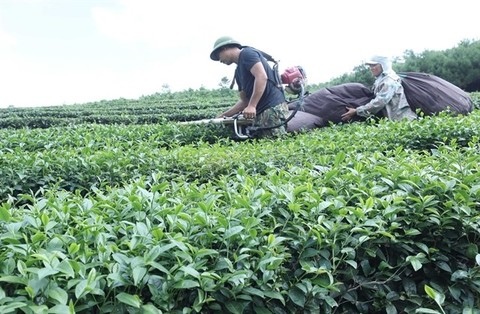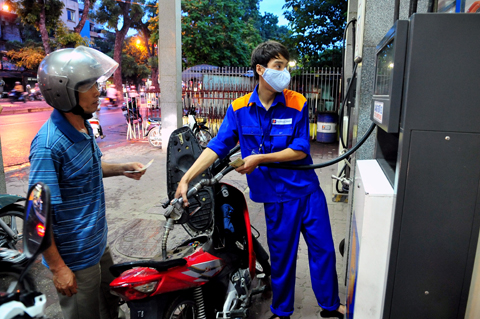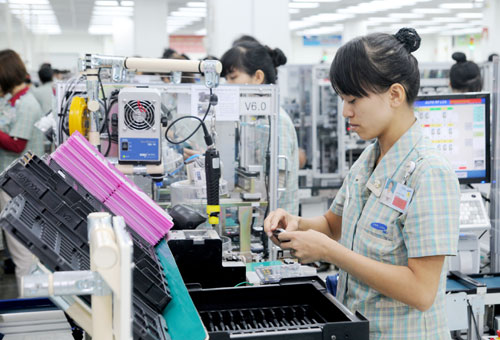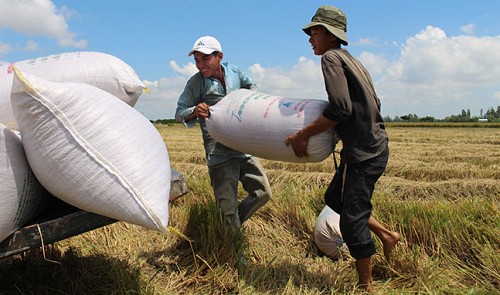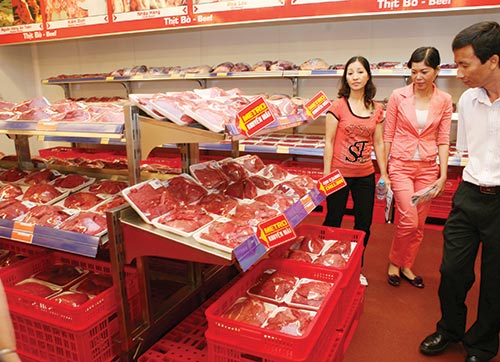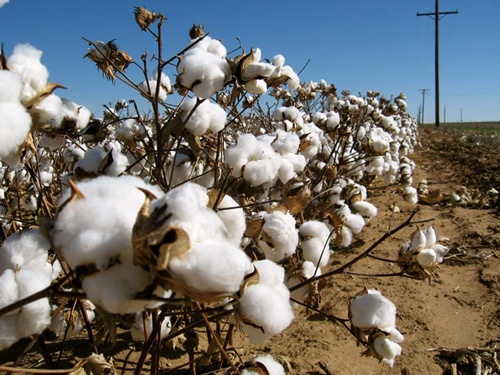Gold traders take aim at new jewellery regulation
Gold traders take aim at new jewellery regulation
Regulation of the gold jewellery market has not improved as expected after the Government stipulated that purity and measurement must be clearly indicated along with gold content.
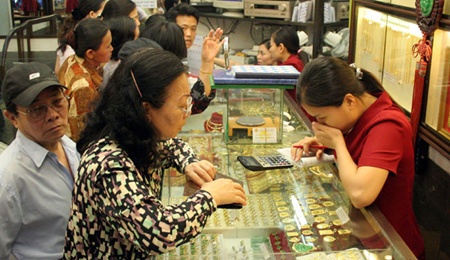
This was the verdict of gold producers, traders, and industry executives who took part in a seminar on jewellery quality management in HCM City last Friday.
The Ministry of Science and Technology's Circular 22 had taken effect on June 1.
It also says that 18-carat gold jewellery must be at least 75 per cent pure, while for 24-carat jewellery it is 99.9 per cent.
Nguyen Van Dung, chairman of the Sai Gon Jewelry Association, said that the circular is a legal foundation for restoring order in the gold jewellery and fine arts market and protecting the benefits of consumers.
The circular was meant to eliminate sub-standard gold in the market and provide managing agencies the legal wherewithal to tackle violations, according to an official from the HCM City Department of Science and Technology.
Due to a lack of oversight and control, most 18-karat jewellery sold in the country only has 58-68 per cent gold.
Some businesses representatives said that gold producers sell 61 per cent pure gold to traders but charged for 65 per cent purity, and this is then sold to consumers as 67 per cent pure.
This causes big losses to consumers, they said.
"Because of this, Circular 22 was issued to ensure that all jewellery items available in the market must meet measurement and quality requirements to protect the interests of customers," Nguyen Hoang Linh, head of the Directorate for Standards, Metrology and Quality's Conformity Assessment Department, said.
However, three months after it took effect, many gold traders in HCM City do not understand the circular's provisions and claim they are too complicated and stringent.
Dung admitted this, saying of the 3,000 businesses involved in the production and trading of jewellery, only around 20 per cent have full understanding of the circular and made necessary preparations to meet its requirements.
More than 22,000 jewellers told a poll that they had heard about the circular but did not know clearly about it.
A majority of small jewellers have done nothing to comply with its provisions, Dung said.
"This seminar is organised to help gold businesses resolve the difficulties they face in implementing regulations included in the new circular."
Gold producers and traders told the meeting that the biggest problem was to remake jewellery to fulfill the new regulations, a very costly affair that could ruin them.
Besides, some of the regulations are impractical or hard to comply with, they said.
For instance, the hallmark on gold jewellery must be placed directly on the metal through mechanical engraving, laser engraving, embossing, or other methods, or on documents enclosed with the products, something that requires huge investment in equipment, they said.
Dung pointed out that the circular lists jewellery with 18 levels of purity — from 33.9 per cent to 99.9 per cent — thus creating a bewildering array of products in the market.
"This will make all producers, sellers, buyers, and even Government officials confused."
He suggested having just four categories instead: 24, 18, 16, and 8 carats.
Tran Van Vinh, deputy director of the Directorate for Standards, Metrology and Quality, said the regulations on gold content in Circular 22 are similar to those applied in many countries, especially those stipulating that jewellery purity must not be lower than indicated to buyers.
Quality directorate head, Linh said customers have the right to choose from among various gold contents and prices and not be shortchanged.
"However, managing gold products, particularly jewellery and objects of fine arts, has always been a difficult task for authorised agencies especially with the operations of many gold businesses remaining opaque and fraudulent practices in the gold market being widespread.
"The department will closely co-operate with relevant agencies and branches to help gold businesses overcome obstacles to implement Circular 22 in order to make it effective."
bizhub


